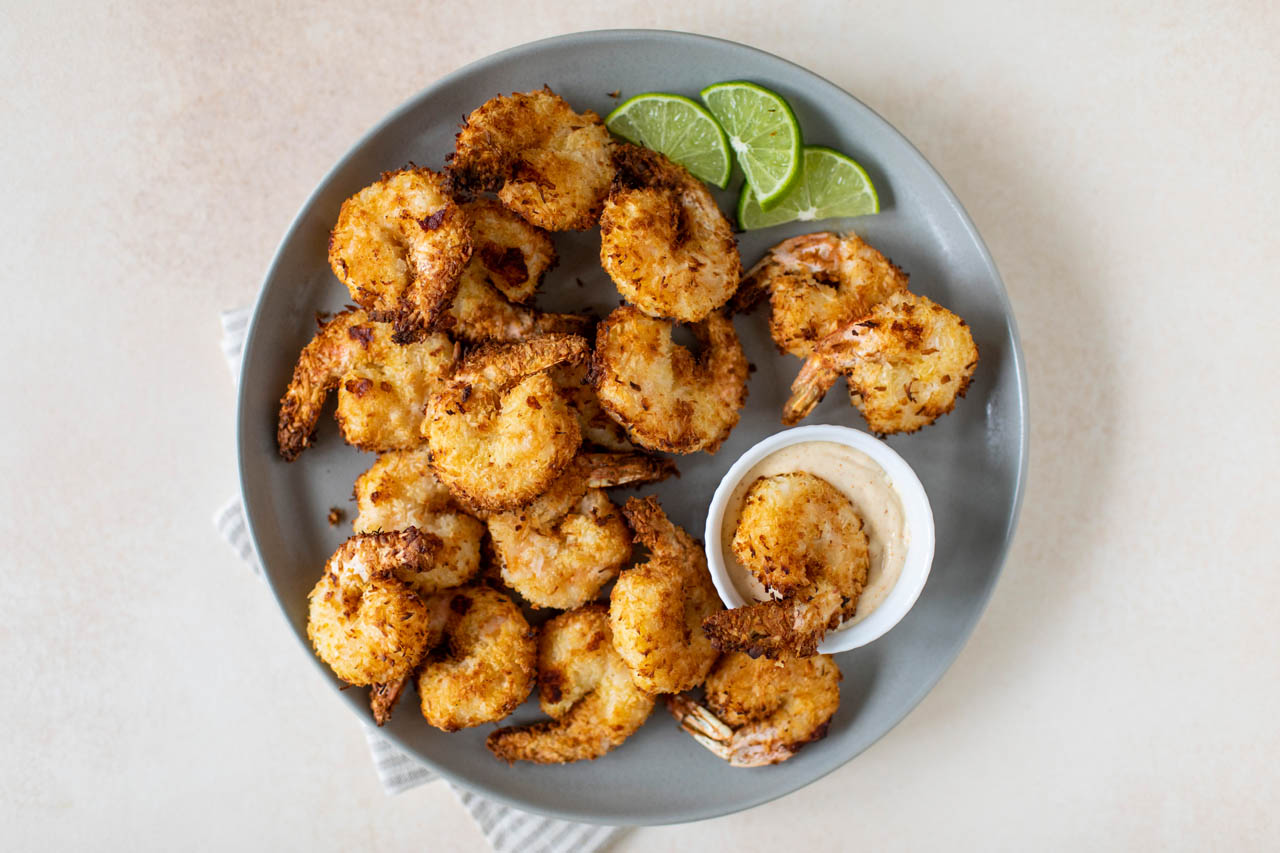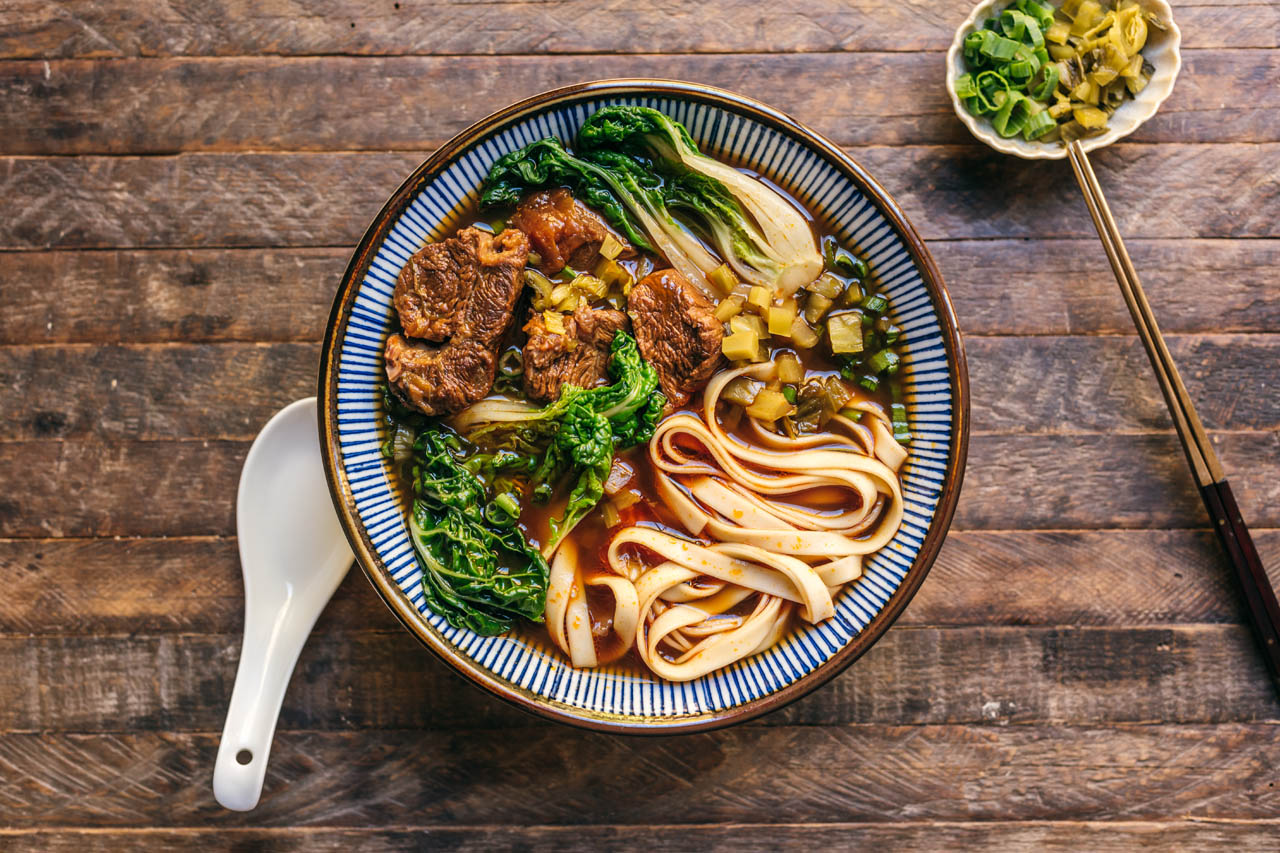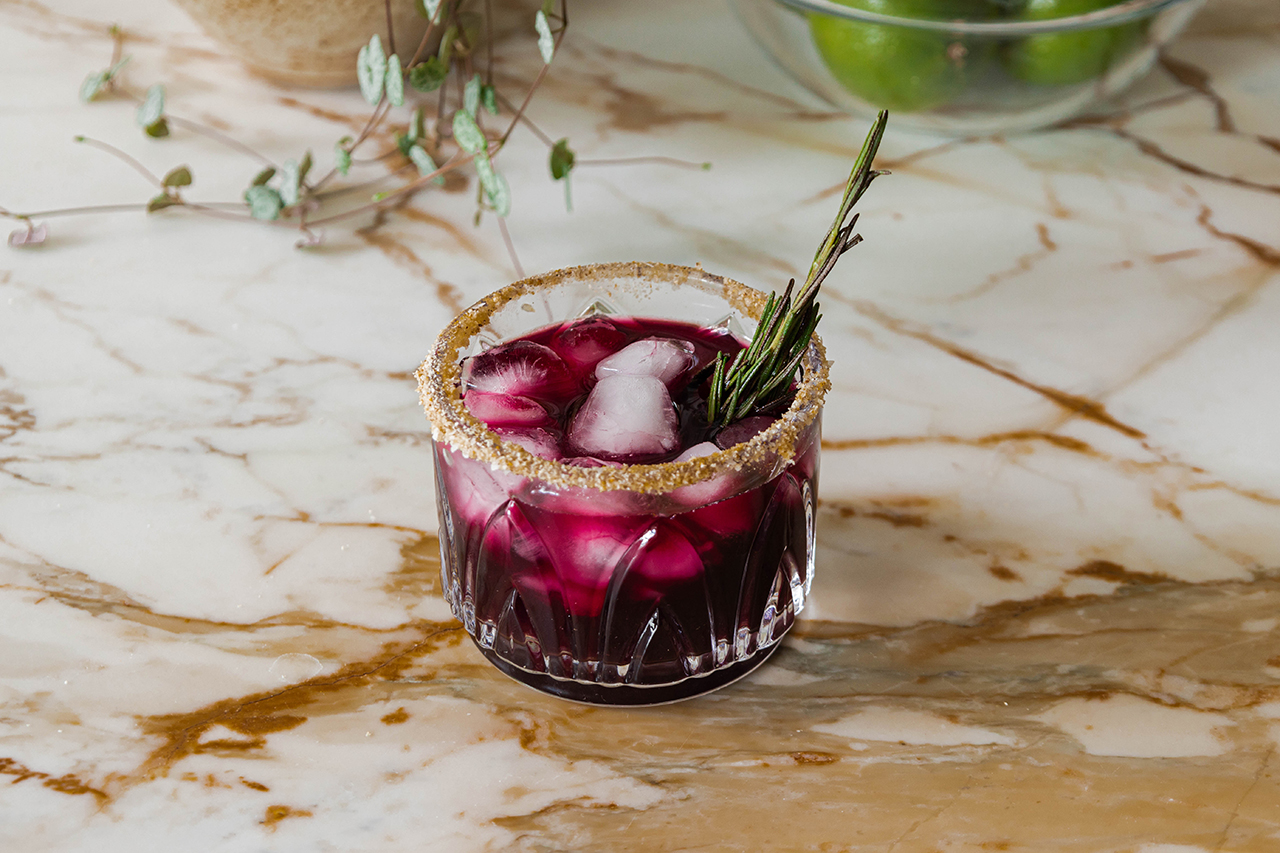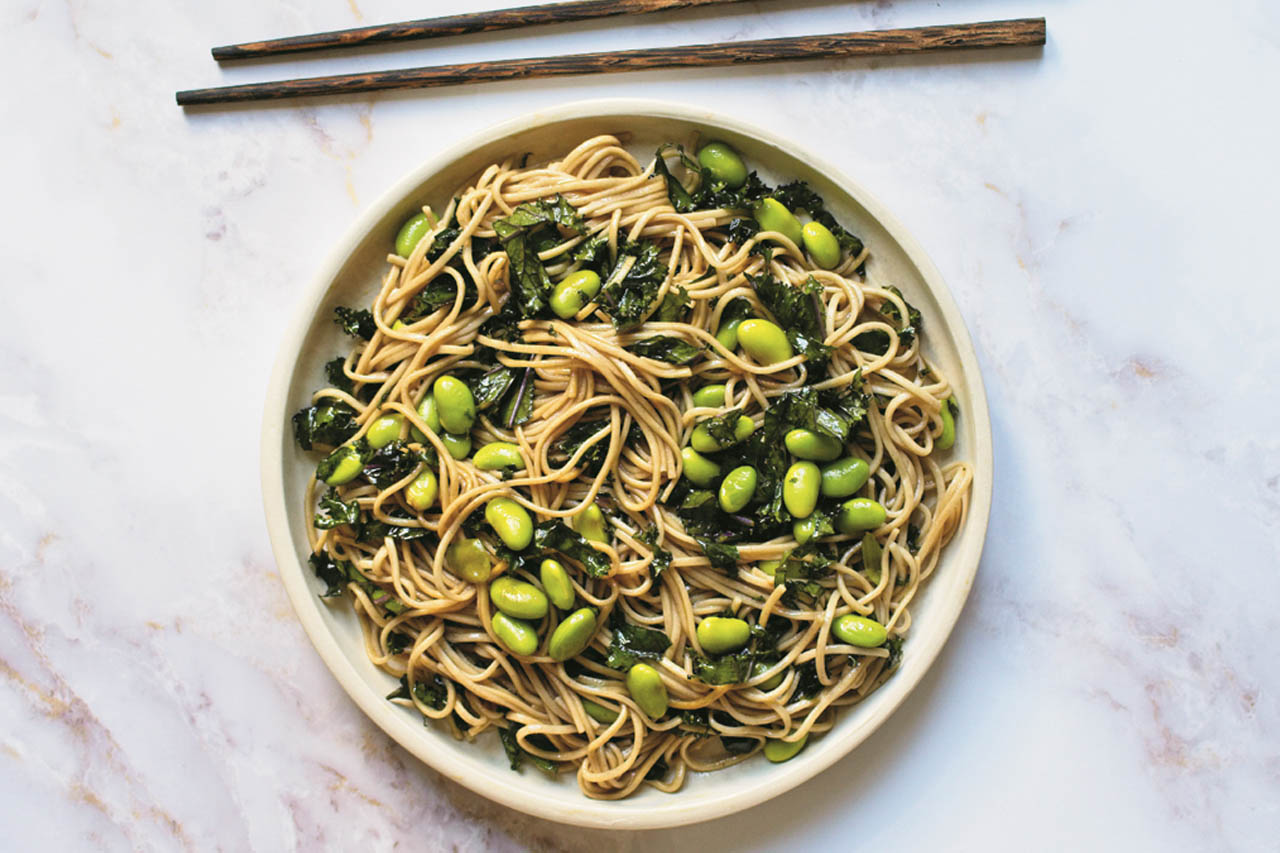It’s time to freshen up your thinking when it comes to frozen food. Thanks to flash freezing and other easy methods, the chilly case can be a time saving substitution in off-season months — but smart shopping is a key factor in getting the best bang for your buck. Here’s how to decide when to chill out at the grocery store, and when fresh may be your best bet.
Related: 5 Tips to Prevent Freezer Burn

Berries: Both
When berries are at their peak during the summer season, it’s hard to look beyond the luscious punnets of fresh fruit. Take advantage of bountiful, just-picked berries in the warm weather and tumble them onto shortcakes, tarts and more. When winter weather moves in, berries frozen at perfect ripeness can liven up a comforting oatmeal cookie, bring colour to baked goods and sauces, and add vitamin C to that morning smoothie.

Shrimp: Fresh
Conditioned by thawed shrimp rings at holiday parties throughout the years, most of us are pretty used to the idea of frozen shrimp (in fact, you may have bought previously frozen and thawed shrimp at the seafood counter unknowingly). For those who have access to off-the-dock catches, or can find specialties such as spot prawns during their all-too-short season, live, head-on shrimp are worth every penny and can form the basis for a phenomenal seafood dinner simply roasted or grilled.

Fish: Fresh
On a similar note, be vigilant when ordering: some frozen fish may have been thawed if you’re looking for fresh. If you see the term individually quick frozen (IQF), it means that the fish has been frozen in single pieces rather than in one giant block. Sustainable and local choices can be a great option for fresh fish, especially whole for grilling or stuffed and roasted.

Turkey: Both
Guess what? Turkey can be just as tasty flash frozen as fresh. As a nice side bonus, buying frozen turkey gives you a bit more leeway in planning for family meals at home. Think of it as your emergency, protein-packed meal when you’re low on groceries

Meat: Fresh
Buying a steak or roast fresh gives you more chances to gauge the meat’s appearance and figure out how to best prepare your meal. Plus, there’s less chance that you’ll toss it into the freezer and forget about it, a common problem with club packs and large format cuts. If you go with the freezer route, be sure to label each package with the cut, date of purchase and approximate weight.

Spinach: Both
There’s no denying the convenience of frozen spinach: take a puck out of the freezer, microwave to thaw and you’re all set. The results, however, can be a little soggy, so frozen spinach is best used for pesto or pureed dishes such as paneer. If you’re looking for texture, such as a sandwich, salad or a simple sauté, you’re better off taking the long route with fresh spinach.

Vegetables: Both
If you’re working with a preparation that shows off textural differences or requires a crisp, just-blanched snap, nothing beats fresh vegetables. Frozen corn, peas and carrots, however, aren’t just for icing down a sore knee — use them off-season in savoury pies and soups. Buying packages by type (a pack of peas rather than a mixed blend) will give you more flexibility and remember the cardinal rule of vegetable cookery: don’t overcook them, even from frozen.

Juice: Fresh
Fresh squeezed juice and frozen concentrate are miles apart in terms of taste, texture, added sugar and, in some cases, actual juice. Fresh orange juice, although more perishable and pricier than a can of concentrate, gets you much closer to the tree in terms of fruit flavour.

Herbs: Fresh
As with other leafy greens, herbs do tend to lose texture and vibrancy in the freezer — plus, the added water content can make frozen herbs a tricky proposition for breaded coatings. Don’t be scared of buying fresh herbs, since leftovers can be dried or, even better, turned into a compound butter that will make steaks or garlic butter inestimably more flavourful.

Garlic and Onions: Fresh
Although garlic and onions can be purchased frozen, these alliums are at their most pungent when fresh (plus, those cubes often have add ins such as olive oil or water, which you have to factor in when cooking).

Cheese: Fresh
Artisanal cheese is a delicate gift, and probably best enjoyed fresh (you don’t really need an excuse to eat cheese, do you?). Brick or processed cheese, on the other hand, is meant for melting and can hide any changes from freezing, so grate away for your nachos or macaroni and cheese.

Green Beans: Frozen
Tossing frozen green beans or edamame in a stir-fry adds some snap and crunch — just be careful not to overcook them. They can also be steamed and tossed with a savoury vinaigrette with minced shallots for extra flavour.

Potatoes: Frozen
There are some cases where frozen prepared vegetables and sides make sense, and during holiday season when you’re making mashed potatoes, it’s time to turn to pre-peeled and chopped frozen potatoes to save time. Use a slow cooker to keep it warmed and ready to serve for easy, do-it-ahead entertaining.

Dumplings: Frozen
Freshly made dumplings are great if you can find them, but chances are, you’ll be working with frozen most of the time. With some gyoza or wontons in the freezer and a package of ramen or two, you’ve always got an easy meal on hand. Use chicken broth for extra flavour, and add your choice of green leafy vegetables into the mix — or crack an egg into the boiling liquid and leave it to set without stirring for some extra protein.
